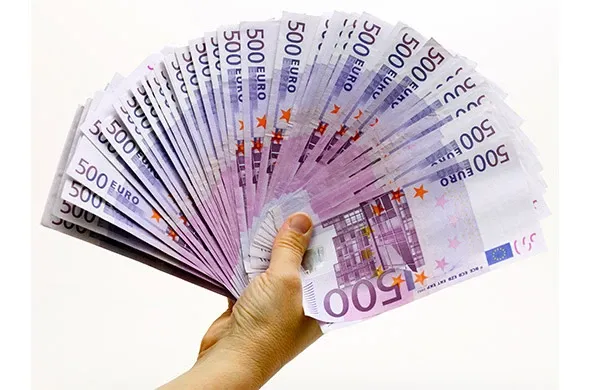Samsung Faces Pressure to Divest Foundry Unit
Samsung is again urged to spin off its struggling foundry business.

Intel won a round in its eight-year fight with the European Union over a 1.06 billion-euro fine in a case that could have ramifications for a list of disputes involving U.S. tech giants including Google and Qualcomm, according to Bloomberg.
The EU’s top court ruled that Intel’s appeal had to be reexamined by a lower tribunal, criticizing judges for failing to properly analyze the economic aspects of the case in its 2014 decision to reject the chipmaker’s challenge. The lower court “was required to examine all of Intel’s arguments“ regarding a test to check whether the rebates used by the company was capable of harming competition, the EU Court of Justice in Luxembourg said. The lower tribunal, the EU General Court, has to examine “whether the rebates at issue were capable of restricting competition.“
Intel is among the few companies to have continued a battle against a European Commission fine all the way to the top EU court. The antitrust regulator accused the company of using discounts to hurt AMD, a decision backed by a lower EU court in 2014. Qualcomm could be the most directly affected by the ruling. The EU is probing whether the company unfairly paid Apple to only use Qualcomm chipsets in its products. Google, under investigation for inducing phone makers to use its Android software, will also be watching closely.
The court’s decision, however, didn’t rule on three other parts of Intel’s appeal, including the amount of the fine and the EU’s characterization of some of the rebates. The EU’s top judges said the lower court was wrong to overlook how regulators scrutinized rebates and their finding that a hypothetical rival to Intel would have lost money if it charged the same prices.
The EU’s investigation found that Intel hindered competition by giving rebates to computer makers from 2002 until 2005 if they bought at least 95 percent of PC chips from Intel. It said Intel imposed “restrictive conditions“ for the remaining 5 percent, supplied by AMD, which struggled to overcome Intel’s hold on the market for processors that run the devices.